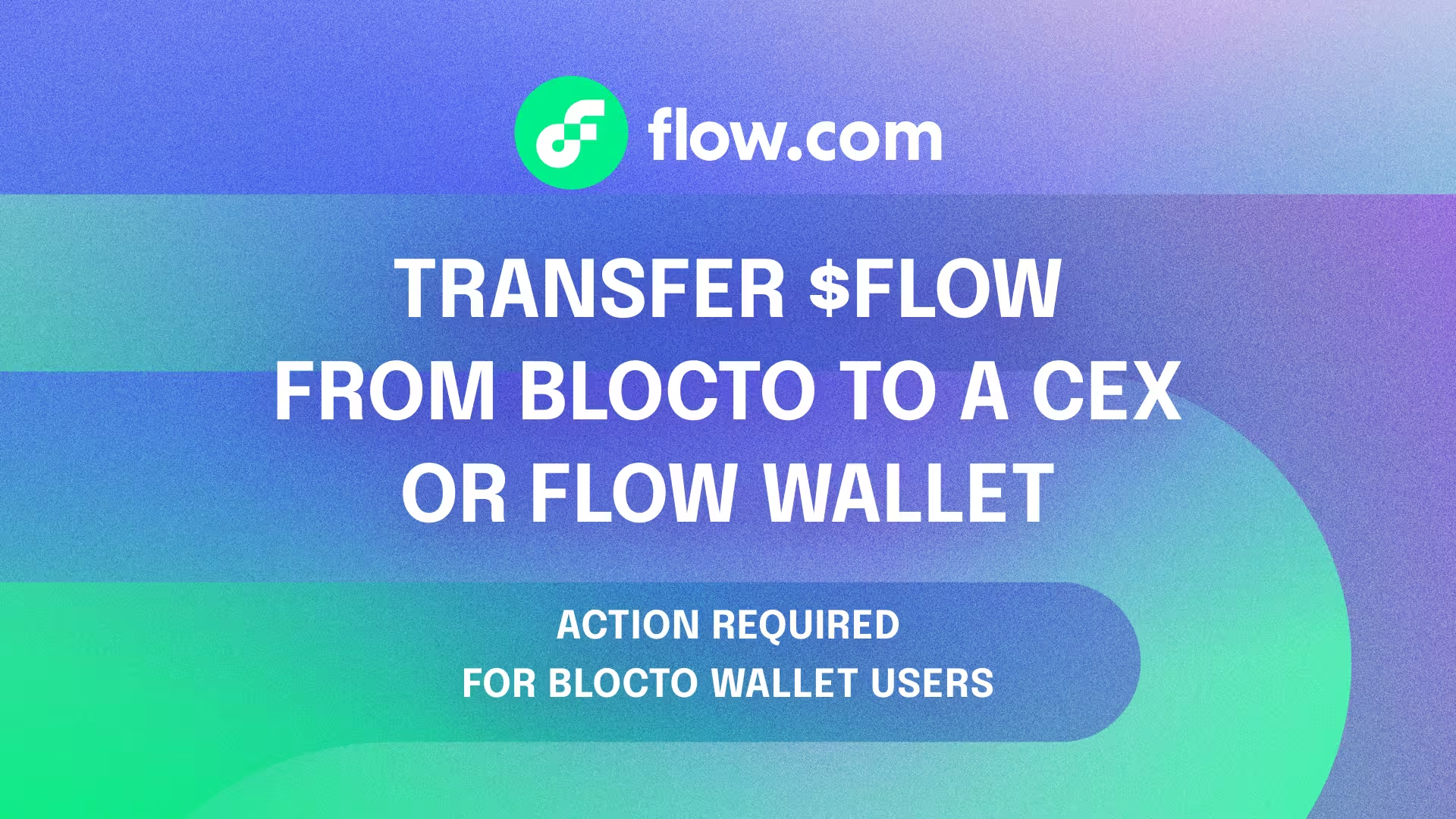Flow’s Product Co-Founder Layne Lafrance on Top Shot, Doodles and 2023
.gif)
This story first appeared in NFT Insider.
It all started with CryptoKitties.
Released in 2017, and widely regarded as the first true blockchain game, CryptoKitties became so popular that it overwhelmed the Ethereum network. The game’s developers realised something new was required to take blockchain to the masses – and the Flow blockchain was born.
NBA Top Shot, NFL All Day, Ticketmaster; Flow has been a leading force in Web3 adoption, and with their recent partnership with Doodles, their star continues to rise.
I caught up with Product Co-Founder at Flow, Layne Lafrance, to discuss Flow’s growth, their approach to onboarding, and why they have an edge over their competition.

John: Could you tell me a bit about yourself, your background and your journey to your role with Flow?
Layne: I’m the product co-founder of Flow. I was part of the team at Axiom Zen that created CryptoKitties and, once Dapper Labs was spun out, I helped bring the Flow blockchain to life.
In 2017, CryptoKitties experienced a spike in demand that broke Ethereum on three levels – technical, economic, and social – and by Spring 2018, it was clear that the answers to those problems were well beyond the architecture of Ethereum at the time… and thus, Flow was born.
My role on Flow will be familiar to anyone in startups – do anything and everything to breathe life into the product. I’ve worked on everything from the architecture to the whitepapers, the playground to the docs site, bootstrapping nodes to early governance.
Prior to working with Dapper Labs and Axiom Zen, I worked for a health tech startup in Hong Kong where I first earned my appreciation for true product-market fit.

NBA Top Shot was the entry point to blockchain for many (including myself!). Could you give a brief overview of how Flow has grown over the past few years?
Top Shot introduced over 1.5 million people to Web3 on Flow and paved the path for sports projects like OneFootball and NFL ALL DAY (NFLAD). This major sports league success sparked interest from major brands including Ticketmaster and Mattel, as well as blue-chip NFT projects like Doodles. Game developers like Joyride and Bloxmith are also driving growth as Flow shows its ability to extend and scale a variety of experiences.
Today, Flow has processed more than 370 million transactions. We recently passed 20 million user accounts, and 11,000+ developers building on Flow have deployed 3,000+ contracts on mainnet.
It’s most exciting to see people push the boundaries of Flow’s developer-friendly programming language, Cadence, with new use cases like those we see in gaming, music, and fashion. In these areas, we’re seeing more compelling game logic and in-game economies run on-chain, music that enriches the fan experience, and fashion design that challenges physical constraints and showcases really compelling reasons to choose digital as a sole form of expression when fabric just won’t cut it.
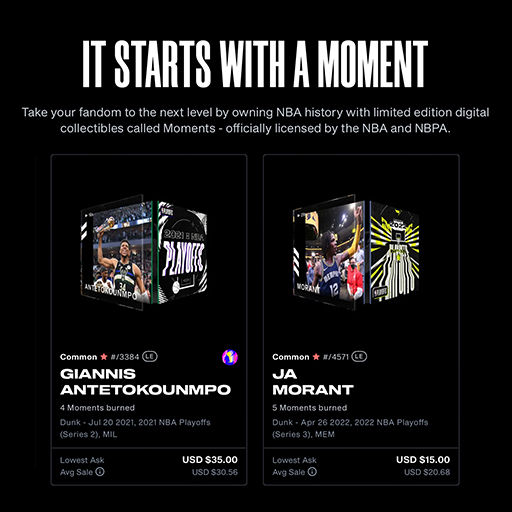
What is Flow’s approach to onboarding, and to driving mainstream adoption?
Flow’s approach to onboarding is to make the experience as familiar and intuitive to the patterns we know from Web2 as possible, but to ensure that in that experience, the true ownership and autonomy offered by Web3 are preserved.
Flow natively supports what the Ethereum community calls account abstraction, which enables dApps to give users a taste of Web3 experiences without forcing them through the challenging onboarding crypto is known for.
Walletless Onboarding on Flow lets users get started with a dApp via email or social account, and purchasing via credit cards. Their account is still secure, and the assets are still their own, but they can wait to upgrade their account to a state where they have more control, if desired, once they’ve had a chance to enjoy the experience and seek out more advanced actions.
Account linking on Flow enables a state of Hybrid Custody, which combines the streamlined user experience of Web2 with the real digital ownership of Web3. Experiences that leverage this and offer a 10-100x improvement in what users are able to do online will be how we bring the benefits of Web3 to mainstream audiences. Our job as an industry is to give them these choices so that they look back and find themselves saying “why haven’t we always done it this way?”

Doodles launched Doodles 2 on Flow earlier this year. How did this partnership come about? Is Flow looking to partner with other established blue-chip NFT collections?
Doodles 2 on Flow was the natural outcome to support the state of the Doodles community – they pushed up against the boundaries and limitations of Ethereum as well upon achieving significant success, and they wanted to offer their community more with dynamic identity.
Thanks to Flow’s powerful composability, holders can have Doodles that are portable and interoperable across social platforms, gaming worlds, live events, streaming content, retail activations and other imaginative moments.
This is significant for three reasons:
- It showcases the superpower of this space – composability, where content and experiences can evolve as fans and communities see fit.
- It represents a really compelling cross-chain relationship between Ethereum and Flow that solidifies the importance of both in generating compelling user experiences. We’ve had other projects work on both chains, but Doodles 2 really unifies the user experience in both places and that’s a very compelling testament to the power of open systems and services.
- It provides yet another data point that the only blockchain to support the size, scale, and complexity of consumer-scale communities – especially those associated with blue-chip brands, not just NFTs – is Flow.
Blue-chip NFT projects are certainly welcome on Flow, and they’ll likely find the flexibility of Cadence and Flow’s account model a step function improvement in what they’re able to offer their users. Flow is a great fit for any project looking to build consumer-scale dApps.

Blocklete Golf announced a move from Flow to Immutable earlier this year. What is Flow’s approach to gaming? Do you have any thoughts on the Immutable x Polygon partnership, with respect to the wider growth of blockchain gaming?
Flow’s approach to gaming emphasizes a couple of main things:
The power of on-chain logic – codifying core game mechanics in smart contracts – is a huge improvement in the transparency, verifiability, and (both perceived and real) fairness of games. Cadence, the smart contract language on Flow, was designed with gaming in mind, and provides unprecedented flexibility to build out complex logic.
This makes Immutable’s ZK-rollups redundant as Flow doesn’t need them to support complex logic, but more on that in a moment.
Empowered users and participants will make an experience far greater than the sum of its parts when given the opportunity. Opening up the surface area for users to make the experience their own is a superpower of Web3 and it’s made easy on Flow, where users can easily port their accounts between experiences, and where composability is intrinsic to the design.
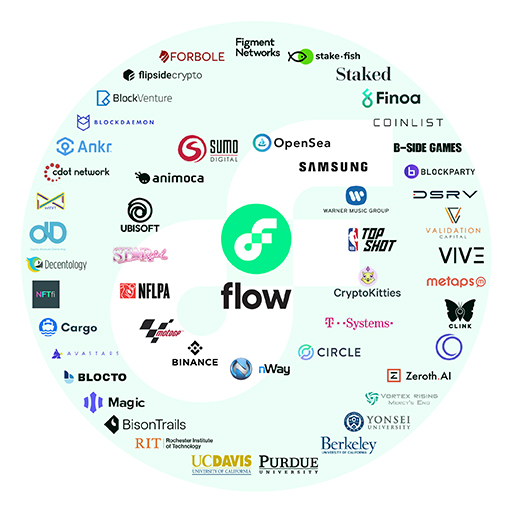
Flow also supports trading in-game assets. This is a huge part of gaming in Web3, but we consider it to be more table stakes than a superpower. The ability for users to seamlessly buy, earn, and trade in-game assets is supported by default on Flow via Walletless Onboarding, reliable standards, and significant user bases that are excited to trade. This prong of the approach is where Immutable’s primary toolset was helpful but not singularly unique.
Immutable is best known for their zkEVM, which solves a problem that any EVM compatible chain faces – one which Flow’s FVM (Flow Virtual Machine) solves natively – ensuring complex game logic can be supported and verified. The catch is that ZK-rollups move logic off the main chain and add latency, complexity, and segmentation between user groups. Flow rejected that notion and thus designed FVM to be highly performant with complex execution states like that created by games.
My thought on the partnership is that it makes sense for Immutable to move to a chain where their solution solves a problem, it’s just not a problem Flow faces. Overall, it certainly showcases the desire for more complex logic to support growth in blockchain gaming which is why Flow is such a great home for gaming and gamers.
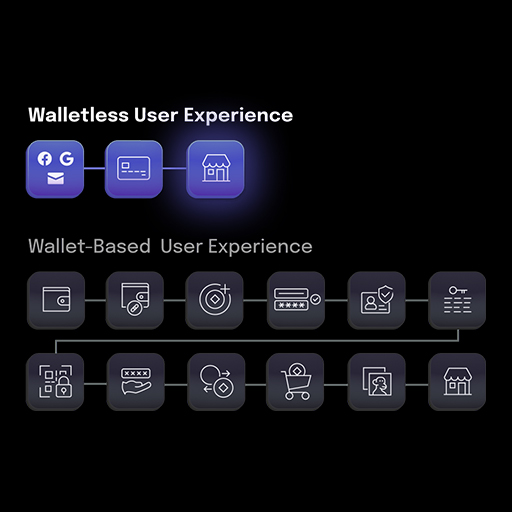
With the Silvergate, SVB and Credit Suisse situations, heightened regulatory awareness, and a rise in cryptocurrency prices in Q1 this year, we sit at an interesting point for Web3. How would you compare where the industry is today with 12 months prior, and where could we be 12 months from now?
It’s definitely the best of times and the worst of times. Really though, this just goes to show why you should always build for long-term value that extends beyond financial returns or hype cycles.
Web3 is here to stay, but it is going to continue to evolve until everyday people understand the value, trust it, and ultimately use it. While the market forces shaping our industry right now often feel like pure headwinds, the projects that remain and emerge 12 months from now will be stronger than ever – and that will help expedite the mainstream adoption of blockchain-based technologies.
Even regulations can potentially help our industry in the long run. Twelve months ago, scammers were flocking to Web3 to take advantage of the influx of capital pouring into the industry, and for some that translated into a reputation that Web3 is unsafe – which is frustrating for those of us that have worked so hard to protect our communities all along. Can you imagine how much easier it would be to onboard mainstream users if they all felt safe in Web3 from the start?

Why should developers look at Flow, in comparison to other blockchains?
Entrepreneurial developers should look at Flow. Flow is a blockchain designed first and foremost for people. It’s a blockchain that is flexible and scalable enough to support intricate, complex communities made up of individuals and it achieves this in a few key ways:
Cadence, Flow’s native resource-oriented programming language, makes it easy for developers to write complex contracts safely. If you want smart contracts that push the boundaries of what’s possible and offer truly unprecedented experiences, take a look at Cadence.
A composable architecture: Flow is natively designed to support complex contracts for vast communities secretly at scale. If you have or are building a community that is growing quickly and is highly engaged with both you as the developer and other participants, Flow is the blockchain designed to support social at scale.
Flow’s account model: the way assets are managed and stored on Flow puts user agency, autonomy, and ownership at the center and lets applications tap into that. On Flow, you can take your assets and interactions with you wherever you go, and you can allow dApps to access those things on a case-by-case basis. If you care about tapping into existing audiences and offering the sleek experiences of Web2 with the benefits and guarantees of Web3, Flow’s account model has you covered.
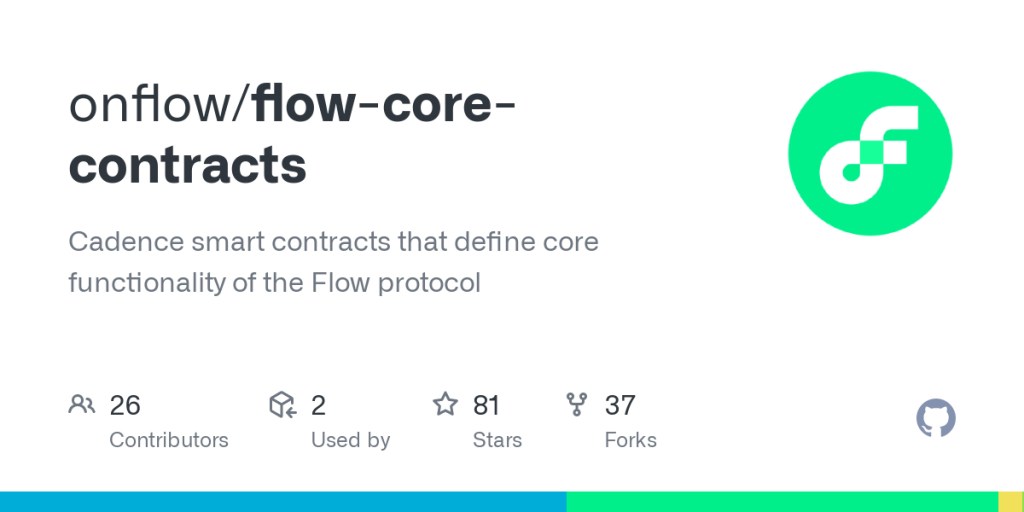
Flow utilizes its own native programming language, Cadence.
What can we expect from Flow across 2023 and beyond?
Well, 2023 is the year of championing you – the people who are pioneering the frontier of innovation in Web3, the ones building experiences that challenge norms, champion a paradigm of collaboration over competition, and celebrate community contributions and success.
There will be a couple channels to do this:
- Flow’s Walletless Onboarding and Hybrid Custody solution is available now for you to tap into. This is a great way for more developers to showcase the world of Web3 on Flow via intuitive user flows, which can advance mainstream adoption and cut down the barriers to entry for new users so that builders can focus on innovating for their communities.
- Hackathons galore! Flow will be having multiple hackathons this year, and the next global hackathon will be announced soon, so stay tuned! These have been incredibly exciting as we’re seeing more and more builders utilize Walletless Onboarding and Hybrid Custody, build compelling mobile-first experiences, and tap into the major IPs on Flow to develop incredibly compelling extensions to existing brand ecosystems.
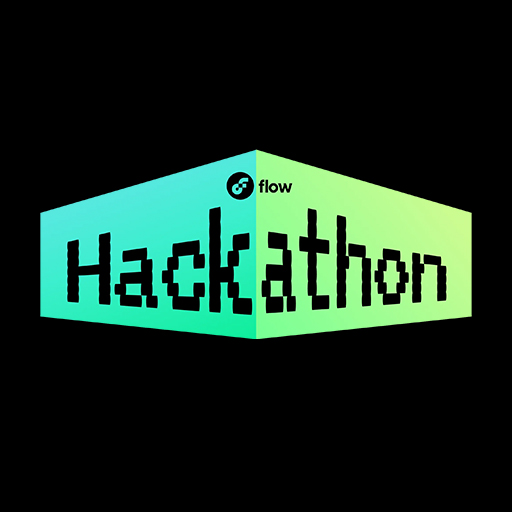
Flow will be holding a series of hackathons across the remainder of 2023.
Final Thoughts
Flow has had its ups and downs, but there’s no denying their impact on the industry at large, and the role they’re playing in taking blockchain adoption to the next level.
Layne’s technical knowledge, experience and astute foresight for what Web3 needs is a credit not just to Flow, but to the space as a whole. Her enthusiasm for this new avenue and its potential to enhance our lives is infectious, and with hers and Flow’s contributions, the future of blockchain is in safe hands.
From NBA Top Shot to Ticketmaster, UFC Strike to Doodles 2, Flow has been an unbridled force for Web3 – and it shows no sign of stopping anytime soon.
To learn more about Flow, visit their website, follow their Twitter, and join their Discord community. Stay tuned for an episode of The Mint One Podcast with Layne Lafrance soon!


















